How to properly insert earplugs into your ears?
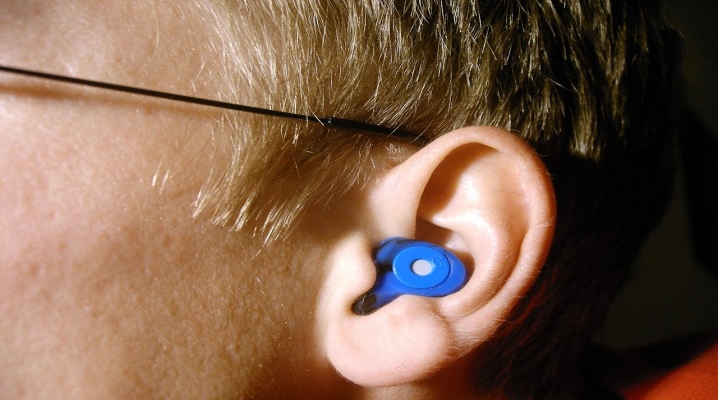
In order to fully relax at night, to focus on completing an important task at work, perfect silence is necessary. But even being in your own apartment or tightly closing the office door, it can be very difficult to avoid extraneous noise. In such situations, many resort to a tool such as earplugs.
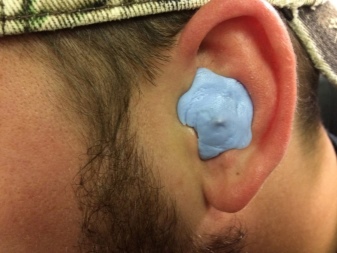
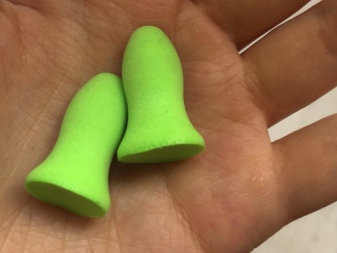
Appointment
Earplugs are inserts that need to be placed inside the ear. The created sound barrier will help reduce the impact of external noise coming from neighboring rooms or from the street. Earplugs are used both in domestic conditions and when performing a certain type of work associated with an increased noise level during their performance. except noise protectionSome types of earplugs can protect the auricle from water getting into it while swimming. Such funds are used during water sports.
Regardless of the purpose, you need to be able to correctly insert such personal protective equipment against noise into your ears.
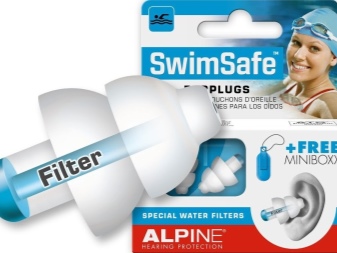

And if it is not difficult for a person who constantly uses earplugs for a long time to install them, then a beginner will need a lot of effort in order to correctly place the plug inside the ear. To avoid repeated attempts, while reducing the possibility of damage to the thin skin inside the ear canal, you can use a number of rules that will help make the first use of earplugs more comfortable.
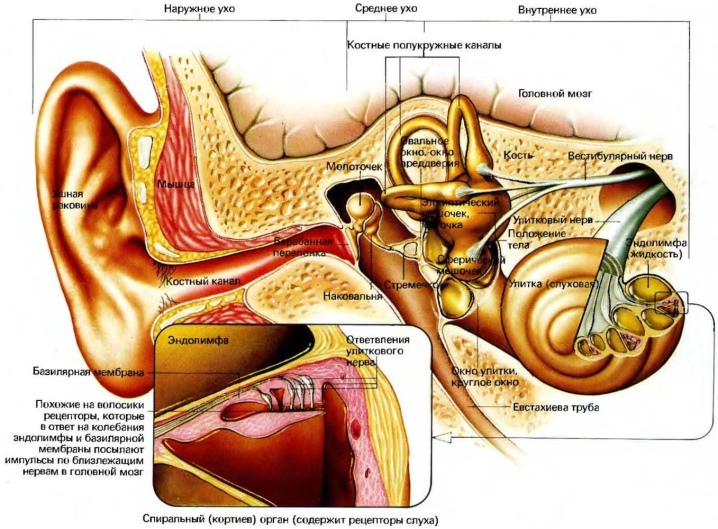
Step by step instructions for use
You have to use earplugs quite often in everyday life. Since such devices are a reliable means of protection against the effects of extraneous sounds. However, many people give up earplugs after the first use. This is due to the occurrence of excessive pressure in the ear canal or painful sensations while the earplugs are inside.
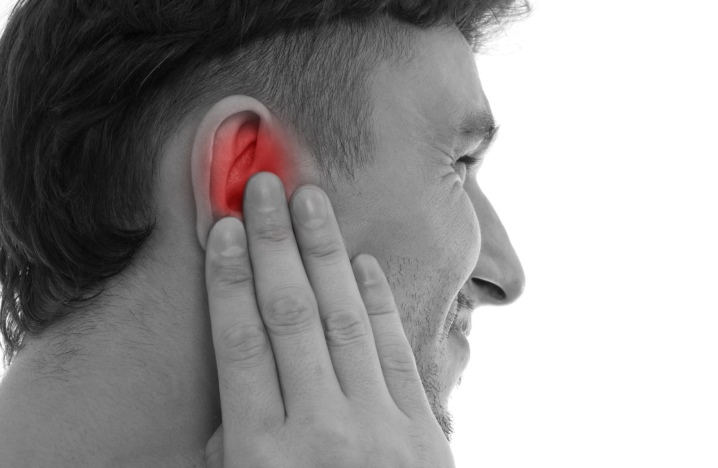
Most often, the discomfort while using earplugs is associated with the fact that they are incorrectly inserted or the wrong size has been selected. To prevent the earplugs from exerting strong pressure on the ear, the smaller ones should be preferred when purchasing for the first time. Also, when purchasing, you should pay attention to the sets consisting of several pairs of earplugs.
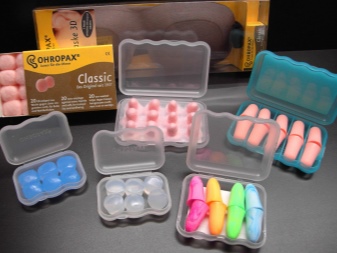
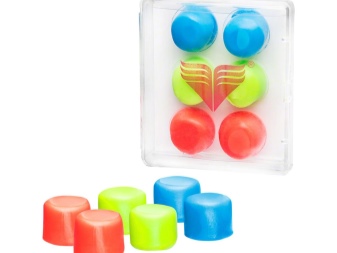
These kits include earplugs of various sizes and materials.
Having bought such a set, you can compare all the copies and choose the best option, avoiding repeated trips to the pharmacy. The price in such a set will be much lower than if you buy each type of earplugs separately.
When a suitable pair of noise protection equipment has been selected, it is necessary to learn how to correctly install the earplugs inside the ear canal. If they are not fully inserted, the sound insulation quality will be poor. But if you insert the earplugs too deeply into your ear, you can damage your eardrum. Also, if the product is inserted too deeply, there may be a problem with its further removal from the ear.
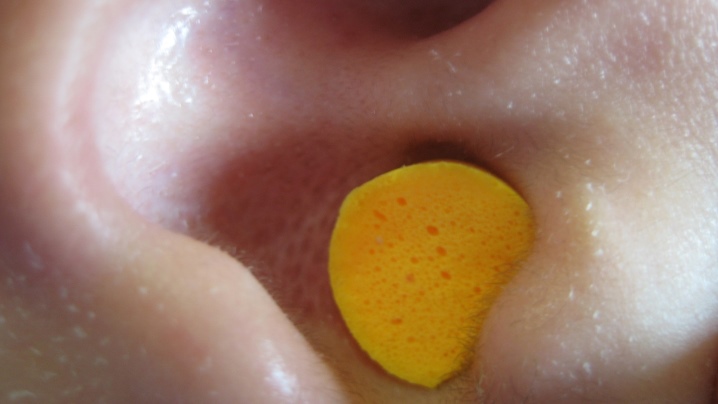
To avoid unpleasant consequences, before use, you must read the attached instructions. In the event that the earplugs are selected by an otolaryngologist, recommendations for installation can be obtained at the doctor's office. The basic rules to follow when placing earplugs inside the ear canal include a few basic steps.
- Wash and dry hands thoroughly before starting the procedure.
- Clean the ear canal from wax using a cotton swab dipped in warm water.
- Dry your ears with a cotton pad.
- Remove packing material from ear plugs.
- With two fingers of one hand, grasp the upper edge of the ear and pull it up and back.
- Place the earplug inside the ear canal with the other hand using a twisting motion.



In order to understand if the earplugs are installed correctly, you need to look in the mirror.
If only the narrow part of the ears is visible, which serves as a grip with the fingers, then the earplugs are inserted correctly.... If the wide part of the earplug stands out strongly outside the ear, it means that it is not fully inserted, or the size is larger than necessary.
Besides, Earplugs installed inside the ear should not cause any discomfort, and sounds coming from the outside should appear muffled. After use, remove the earplugs smoothly, without sudden movements. Since a strong pressure drop during a sudden extraction can cause sharp pain, and in some cases lead to damage to the eardrum.


After the noise protectors have been removed from the ear, there are some rules to follow to help you preserve your earplugs and get them ready for your next use.
- Clean the earplugs by placing them in a special solution for 5-7 minutes. If not, you can use soapy water or hydrogen peroxide.
- Rinse under running warm water.
- Wipe dry with a cotton swab or soft cloth.
- Leave on a clean surface for 40-60 minutes to dry completely.
- Place in an airtight container.
- Store earplugs out of direct sunlight.


The rules of use and care may differ slightly depending on the type of earplugs used.
Since each type of material from which earplugs are made has its own characteristics, they must be taken into account during use.

Disposable
Disposable earplugs are made from a mixture of wax, cotton wool and petroleum jelly. They are flexible and can fit any size of the auricle. In addition, the advantage of using such earplugs is the low cost and the fact that there is no need to clean them after use. You can correctly install such a plug in the ear by following these recommendations.
- Separate a piece of mass of the required size.
- Warm it up between your palms.
- Shape the mass into a cone.
- Place the resulting earplug in the ear so that its protruding tip is sufficient for grasping with your fingers when you pull it out later.

After use, such plugs must be disposed of, as they are disposable. Before you discard the used ear plug, you need to check its integrity, as small pieces of wax can come off when removed and remain inside the ear.

Reusable
Reusable earplugs can be made from materials such as polypropylene, foam or silicone. They are stiffer than wax and have a constant shape, which means that they are sizing more carefully.
Insert silicone earplugs with rotating movements.
While the foam plugs must first be twisted in the hands to make them thinner, and only then placed inside the ear. After using this kind of earplugs requires thorough cleaning in order to avoid the growth of bacteria on their surface, which can cause ear diseases.

Individual
Custom earplugs are made from materials such as wax or rubber by an otolaryngologist. First, an impression of the ear canal is made, then the earplugs themselves are made according to this sample. The advantage of this type of noise absorption means is perfect fit in the ear due to individual sizes, as well as the ability to choose a color, add jewelry, lettering or logo. But at the same time, the high cost of such plugs makes them not very popular among consumers.
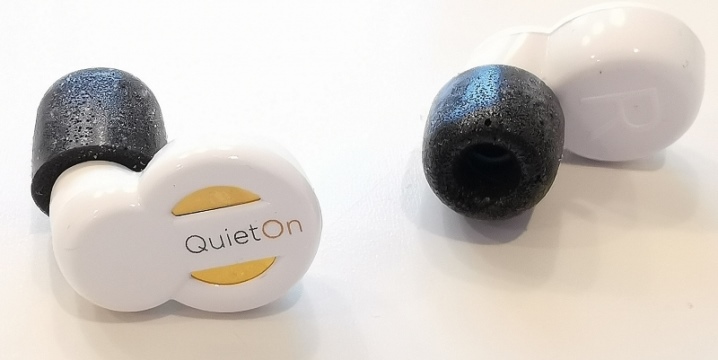
Specialist recommendations
By using earplugs to protect against noise, everyone can choose the type of protection that suits them best. Almost every pharmacy has a wide range of these products, differing in material, color, shape, cost. But among specialists in the field of otolaryngology there are rules of use that should be adhered to, regardless of which type of earplugs is used in a particular case.
- Do not use earplugs every night for long periods of time as they can be addictive. In the event that a person cannot fall asleep without earplugs in a familiar environment without the presence of sharp noises, then there is a possible sleep disturbance. It is a disease and requires specialist treatment.
- Pay special attention to cleaning the plugs after use, as the earwax on their surface can cause infectious diseases of the ear canal.
- Do not use earplugs if you have any disease, damage or inflammation of the ear canal, as long-term presence of a foreign object in the affected ear can aggravate the disease.
- Do not use earplugs if there are sulfur plugs. Since the frequent introduction of sound-absorbing means will contribute to the sealing of the cork and its deeper advance.
- To prevent the earplugs from falling out during use, cleanse the ear canal from sulfur secretions and sebaceous glands before each injection. If the earplugs do pop out of the ears, then larger specimens should be used.
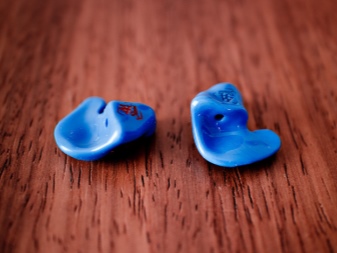

Thus, following the listed rules will help to comfortably position the earplugs inside the ear canal, which will avoid unpleasant sensations, and the recommendations of specialists will help prevent possible diseases, the occurrence of which is associated with the incorrect use of noise absorption means.
See below for how to insert 3M earplugs.













Earplugs in our pharmacies are full of slag, they put a lot of pressure on the ear canal, they don't isolate well. A couple of years ago there were still more or less tolerant Moldex in round packaging, but now they are not. I order abroad - they are soft, insulate well, and my ears do not hurt.
The comment was sent successfully.